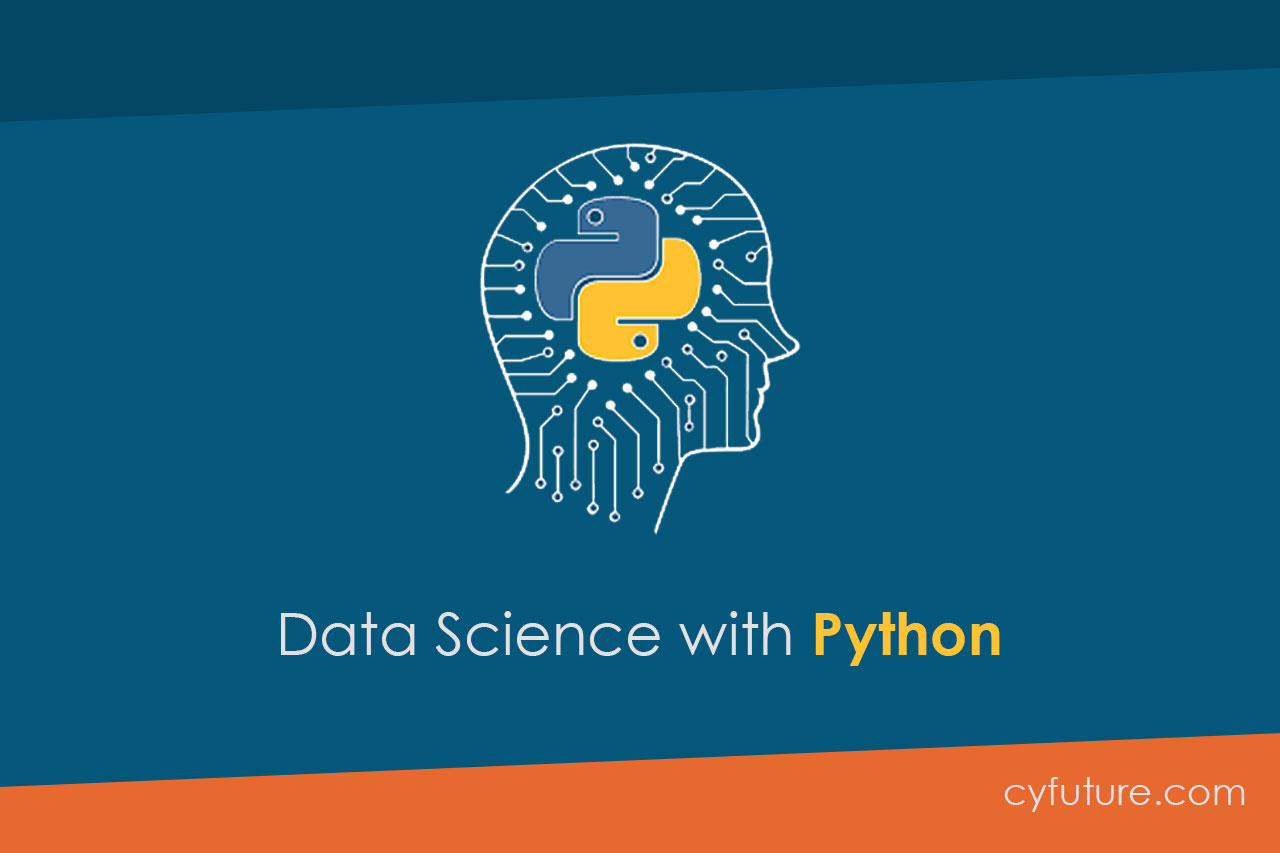-
Get Cloud GPU Server - Register Now!
Toggle navigation

Transitioning into data science mid-career is something that seems to be happening a lot these days. Whether you’re a complete beginner, a software engineer, or a fresh CS/STEM/Math/Physics grad, a career in data science seems like an interesting prospect.
However, jumping into a career in data science just because you think self-driving autonomous vehicles are cool is never a good idea. This blog explores the tools you need like Python to succeed in data science.
When I was a statistics student, I would use my bundles internet to look up technical terms and jargon. Most of the time I would end up on a Wikipedia article. And most of the time, the article would either be too dense for me or below my level.
Data science is a similar field. It offers positions that are aimed at three types of aspiring data scientists which include the following:
Different positions make it difficult for people who aspire to be data scientists to know where to invest their efforts. This blog will try to help you understand what may be the best fit for you.

People who are considering making their first foray into data science should keep one very important thing in mind. The field is constantly evolving. Hiring standards and data science processes change every year. Much of the information you get here today as a beginner may be out of date by the time you’re ready to enter the field.
However, if you’re serious about entering data science, the following tips can help you.
Read more: Augmented Analytics: the Future of Data Analytics
If you have experience as a software engineer with code deployment and working with development teams, this can be a great asset if you want to transition to a data scientist. You can explore employment opportunities with Python development companies. Since the trend of big enterprises opting for Python development outsourcing is quite popular, you’ll get to work with varied requirements and develop innovative software solutions.
However, be careful your employer does not nudge you towards a full-stack developer role because they are in high demand. You don’t want to be a data scientist on paper and a developer in practice. The following tips can help your transition:

This section is for undergrads, PhDs, and Master’s STEM students who aspire to be data scientists. Your education has likely given you a solid grounding in mathematics and statistics. But since you just graduated, you likely don’t have any experience working in tech roles.
Even if you’ve been programming during the length of your course, it is more likely than not that you can’t write an organized clean code yet.
Here are a few tips that can help you adjust faster to a role as a junior data scientist:
The above advice should not be taken as the perfect career transition map. Much of it depends on your own personal skill level and aptitude. However, this should give you a solid starting point to understand what areas may be good for you.
Remember to take a career trajectory that is closest to your professional experience. Even if you have to start out as a visualization specialist or a data analyst, think of it as a way to get your foot in the door.
Another thing to remember is that data science is a fairly technical and fluid field. It took me a lot of guts to switch from my job manning the Spectrum Hawaii number to spend time learning Python and R. But the dividends have paid off wonderfully, putting me in a position to point the way for other aspiring data scientists.